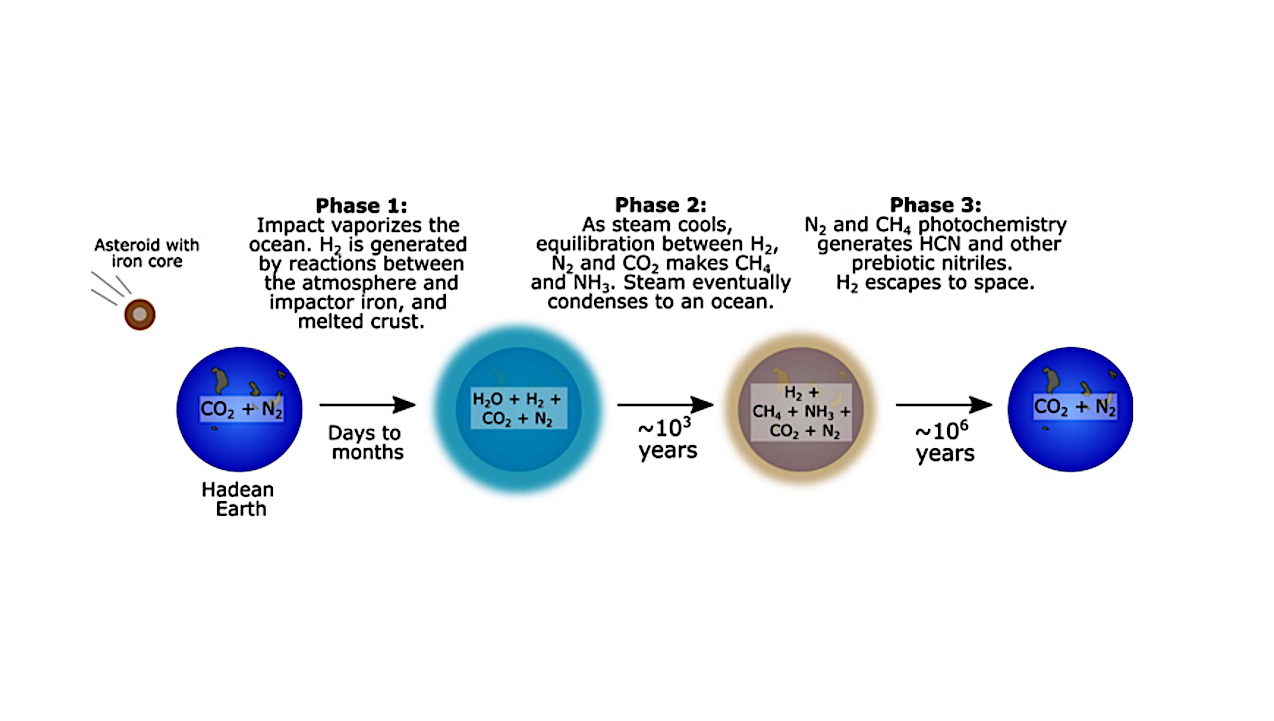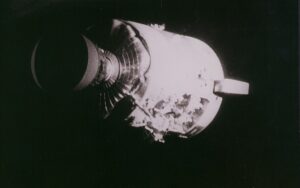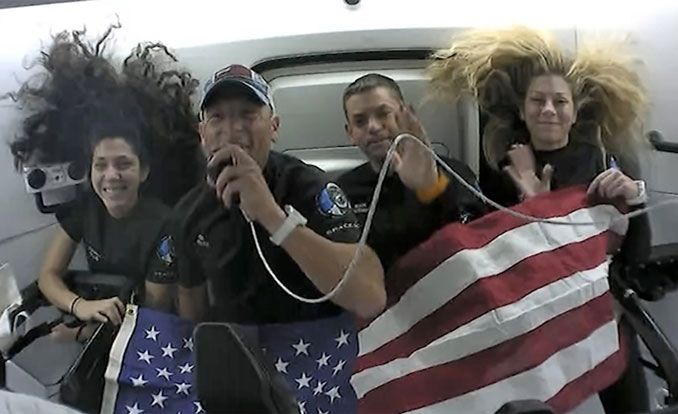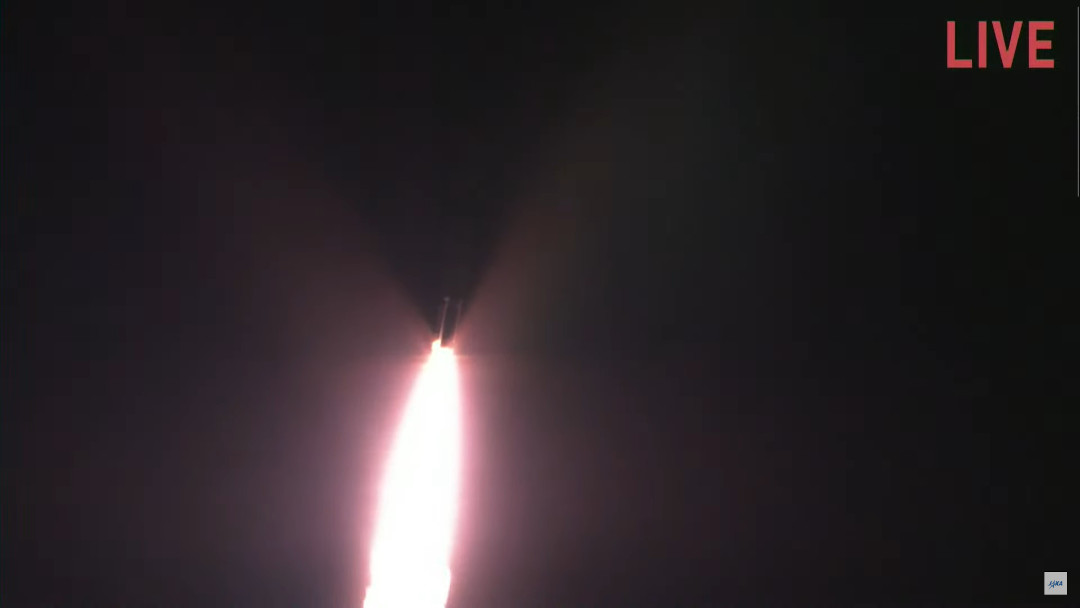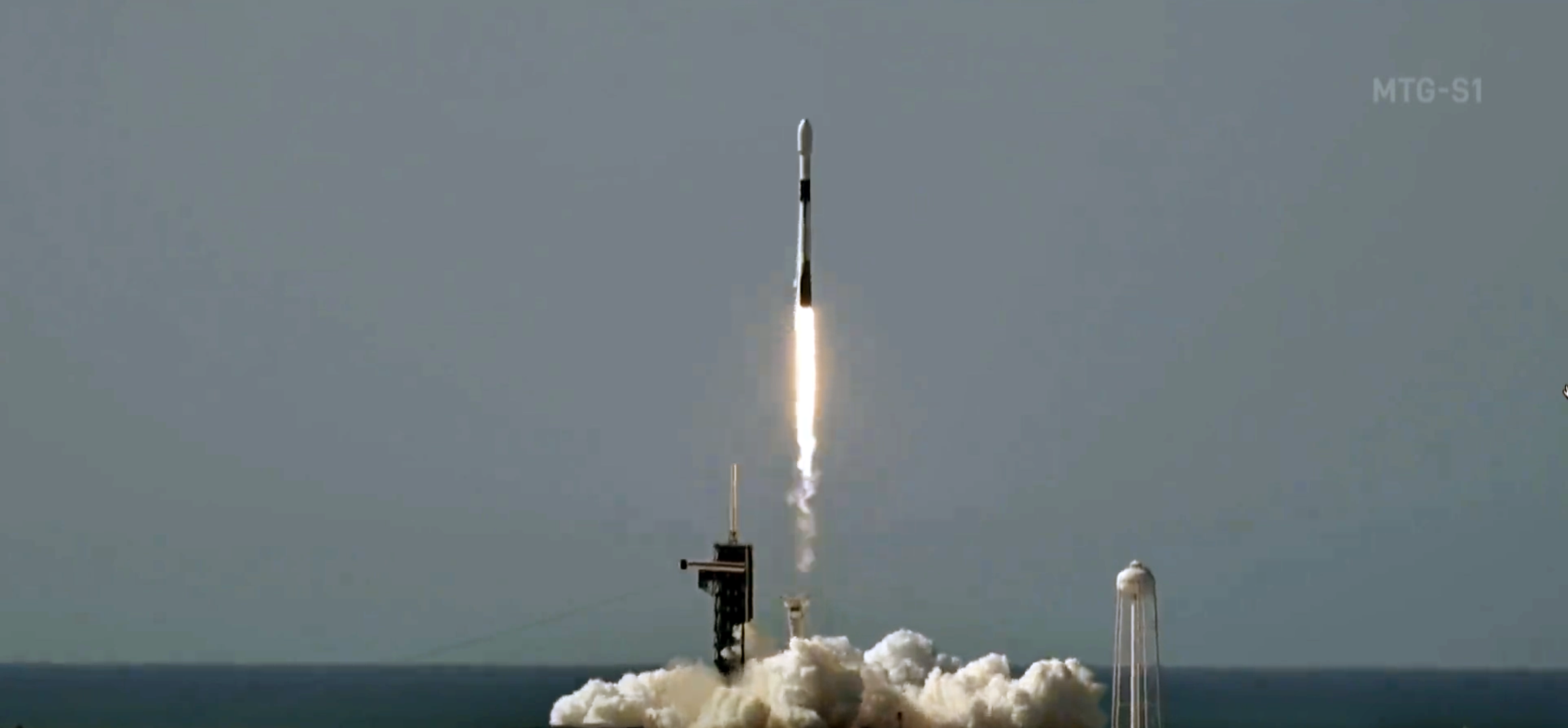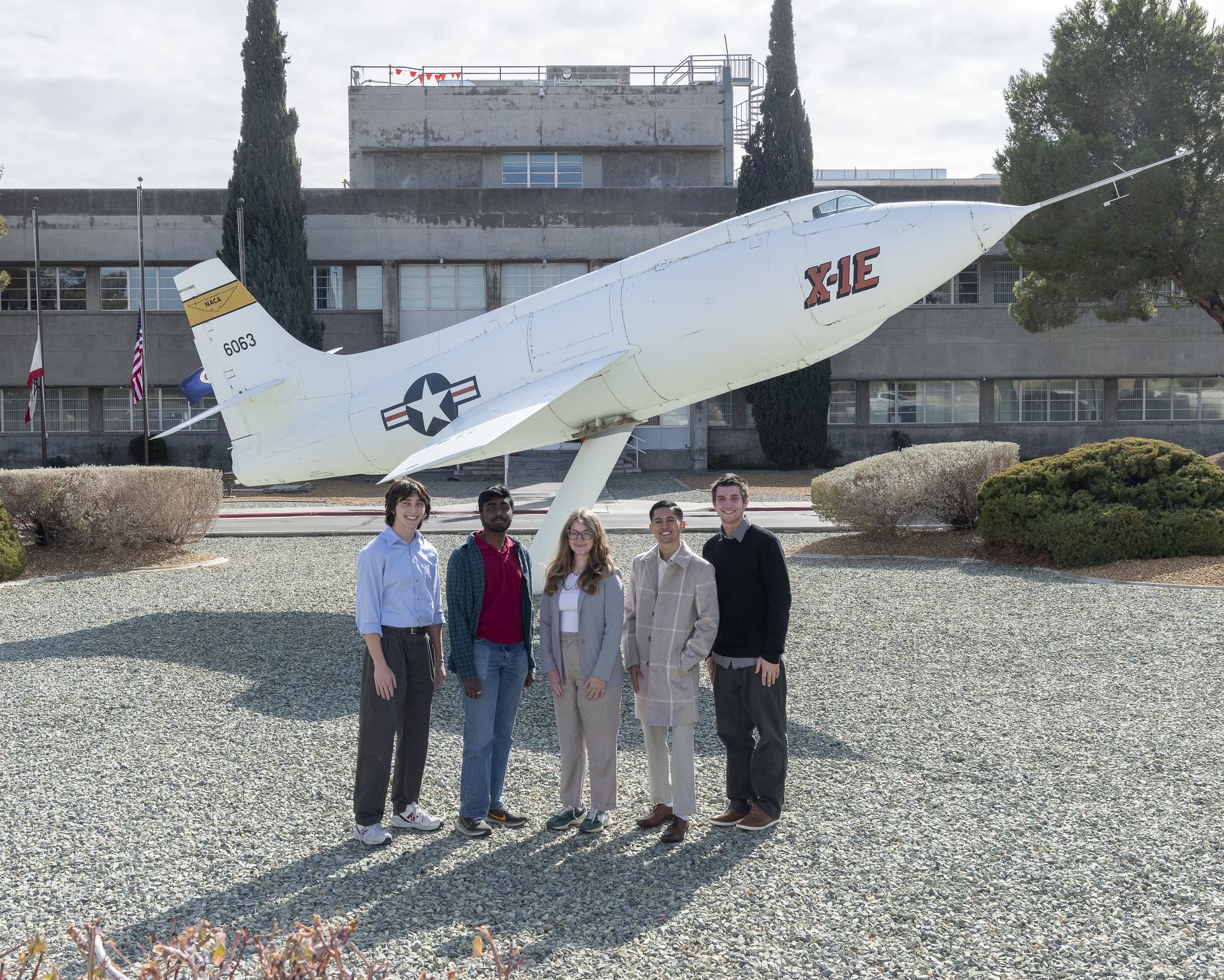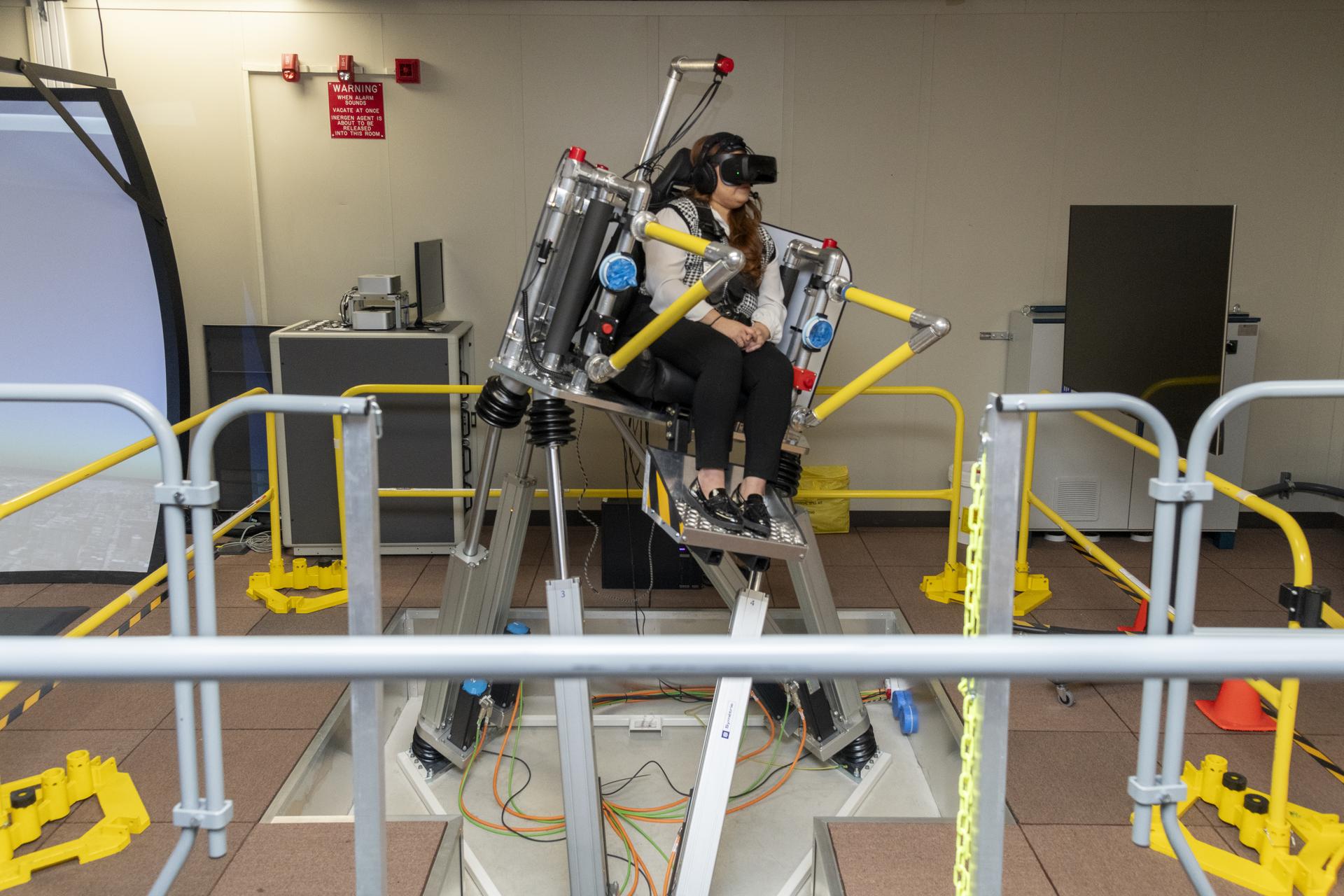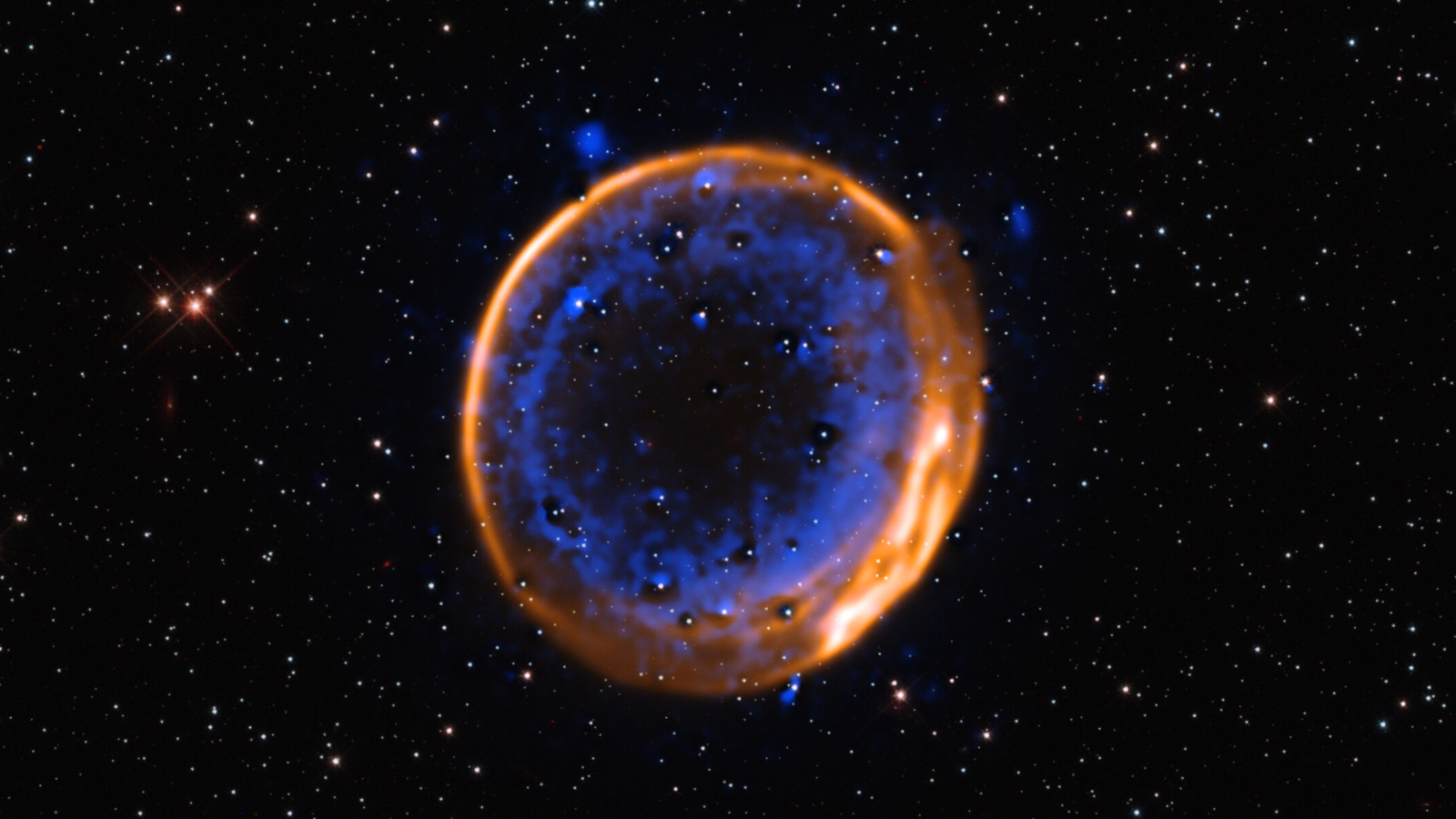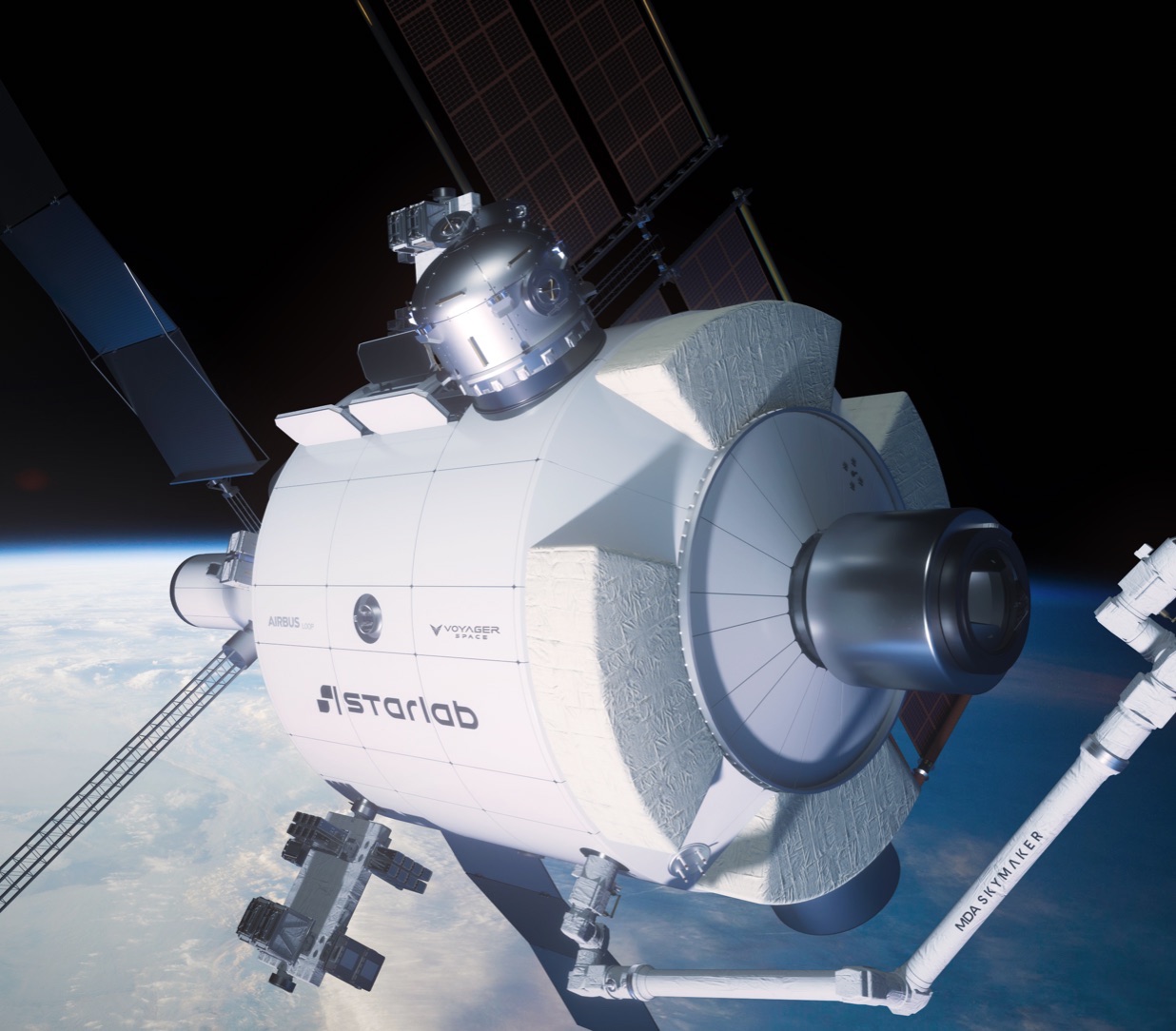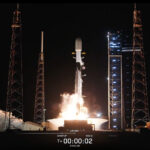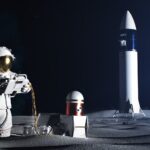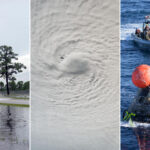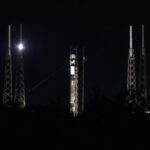Schematic of the post-impact scenario for prebiotic atmospheres (Genda et al. 2017; Zahnle et al. 2020; Wogan et al. 2023). In this scenario, reducing power is delivered to the surface-atmosphere
Hot Posts311- Page
Paramount Plus is just 99 cents a month for two months, meaning you can stream season three of Star Trek: Strange New Worlds with a massive discount. Get two months
Astronaut James A. Lovell Jr., Apollo 13 mission commander, reads a newspaper account of the safe recovery of the problem plagued mission. Lovell is on board the USS Iwo Jima,
Acting NASA Associate Administrator Vanessa Wyche, left, U.S. Transportation Secretary Sean Duffy, and acting NASA Administrator Janet Petro, right, react as they watch the SpaceX Dragon spacecraft splash down with
The final flight of Japan’s H-IIA rocket marked a significant milestone in the nation’s space exploration efforts. On Saturday, the H-IIA F-50 rocket soared into the sky, carrying the GOSAT-GW
Applications 02/07/2025 198 views 2 likes The second of the Meteosat Third Generation (MTG) satellites and the first instrument for the Copernicus Sentinel-4 mission lifted off at 23:04 CEST on
5 min read Preparations for Next Moonwalk Simulations Underway (and Underwater) La clase de pasantía 2025 del Centro de Investigación de Vuelo Armstrong de la NASA en Edwards, California, frente
3 min read Preparations for Next Moonwalk Simulations Underway (and Underwater) NASA employee Naomi Torres sits inside the air taxi passenger ride quality simulator at NASA’s Armstrong Flight Research Center
You may only live once, but some stars die twice. Astronomers have now discovered the first visual evidence of such a stellar event, a dead star that underwent a so-called
WASHINGTON — Shares in Voyager Technologies soared in their public debut June 11 as the company plans to use the proceeds to support work in defense and space. Voyager shares
-
 012024 in Review: Highlights from NASA in Silicon Valley
012024 in Review: Highlights from NASA in Silicon Valley -
 02Panasonic Leica Summilux DG 15mm f/1.7 ASPH review
02Panasonic Leica Summilux DG 15mm f/1.7 ASPH review -
 03How New NASA, India Earth Satellite NISAR Will See Earth
03How New NASA, India Earth Satellite NISAR Will See Earth -
 04And Thus Begins A New Year For Life On Earth
04And Thus Begins A New Year For Life On Earth -
 05Astronomy Activation Ambassadors: A New Era
05Astronomy Activation Ambassadors: A New Era -
06SpaceX launch surge helps set new global launch record in 2024
-
 07Space Force plans new ‘Futures Command’ amid pressure to speed up modernization
07Space Force plans new ‘Futures Command’ amid pressure to speed up modernization


